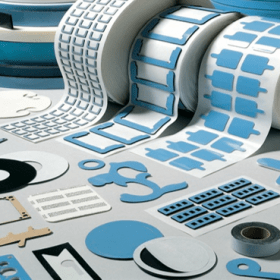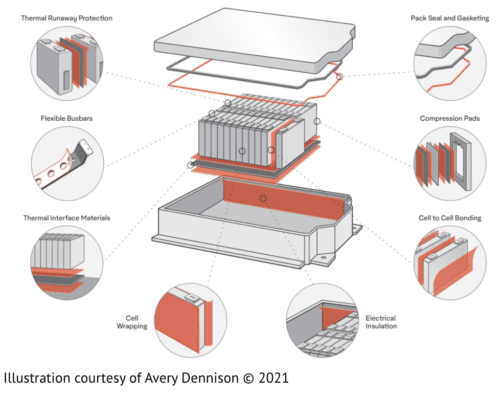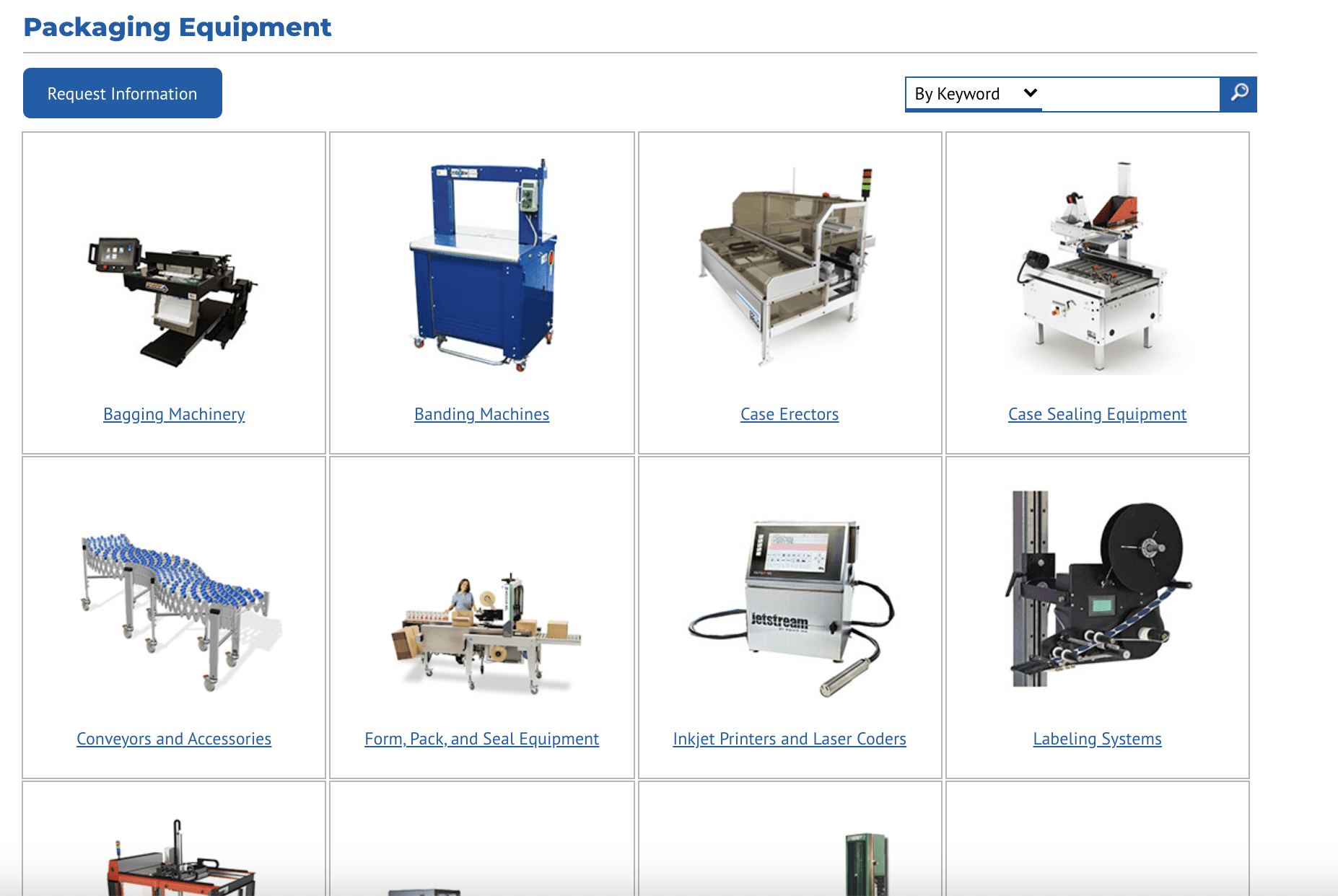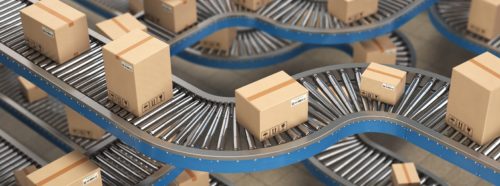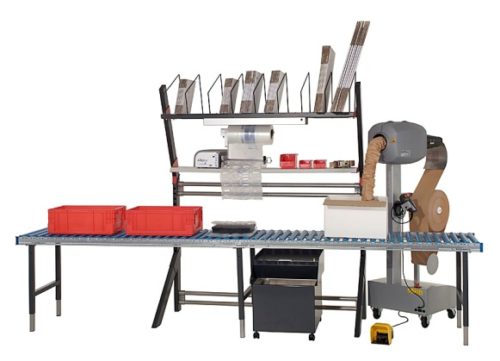The Future of Packaging Lines: Trends in Automation
Leave a Comment
Automation has transformed many industries, including the packaging industry. Automated machinery and robots have increased the speed and efficiency of packaging processes and helped reduce labor costs and human error. From pick-and-place robots to collaborative robots that work alongside human staff, companies can choose from many types of automation options. Several factors are driving growth in the automated packaging industry, including technological advances and consumer demand for healthy and sustainable products.
Browse Our Automated Packaging Machines
Here we will explore these packaging automation trends and how to keep up with the changing landscape of the packaging industry.
Automation Revolution
AI and automation trends are helping the packaging industry improve quality control and consistency, increase production speed and efficiency, and reduce costs and time associated with manual labor. According to Precedence Research, the global packaging automation industry is expected to reach about $125 billion by 2030.
The exponential growth of packaging automation is driven by various factors, such as the increased demand for sustainability, efficiency, and cost-effectiveness, alongside technological advances in automation. While automated packaging equipment was once primarily for the highest-volume packaging companies with the largest budgets, modern automation solutions have become an affordable option for small and medium-sized packaging operations, too.
Adoption of Robotics
When adopting automation, it’s not necessary to replace the entire packaging line. Typically, companies invest in automating critical points in the packaging operation for cost-effective enhancement of the entire packaging process. Some ways companies can automate certain aspects of their packaging operations include:
- Integrating a robotic arm to reduce manual labor, time, and costs for pick and place operations
- Implementing motion control systems to deliver faster changeovers and other functions
- Palletizing robots can reduce workplace injuries by taking the physical strain off staff and making palletizing more efficient
Cobots, or collaborative robots, work alongside human workers to handle repetitive or physically demanding tasks, freeing up employees to handle more challenging or specialized tasks in the packaging process. Cobots are becoming a popular automation solution due to their safety, compact design, flexibility, and cost-effectiveness.
Meeting the Needs of the Growing Food and Beverage Industry
Experts expect the food and beverage market to grow at a CAGR of 12% between 2022 and 2027. Consumer demand for nutritional, convenient, and natural beverages has driven growth in the food and beverage industry, with producers moving away from empty calories and sodas. Dairy substitutes, such as coconut, almond, and soy milk, also drive the industry’s growth. These trends have supported the increasing automation of the food packaging industry, making it invaluable in delivering consistent food products with fewer errors and increased productivity.
Committing to Sustainability
Sustainability and reducing environmental impact have long been a concern across many industries, with a specific focus on sustainable packaging. Consumer appetite, brand values, and local and international government regulations have driven the growth and demand for sustainable packaging. Packaging companies strive to meet these demands by designing and manufacturing packaging using materials and constructions that reduce their environmental impact.
Packaging companies can make their products more sustainable by:
- Using mono-materials and biodegradable packaging
- Switching to reusable or returnable packaging
- Reducing packaging weight and void fill
Stay On Top of Trends in Automated Packaging With TPC Packaging
Automation is a cost-effective solution for increasing the speed and efficiency of packaging operations of all sizes. Packaging automation is a growing industry, delivering individual robots and complete packaging lines to boost productivity and minimize human error in facilities. Demand for automated packaging is increasing as consumer attitudes and regulators shift toward sustainability. The food and beverage industry, for example, is adopting automation technologies to fulfill changing consumer preferences and the need for sustainable products.
TPC Packaging can help you stay on top of packaging automation trends in food processing and other industries. We have helped packaging operations increase their efficiency, speed, and accuracy since 1967. Contact us to speak with a specialist about your automated packaging needs.
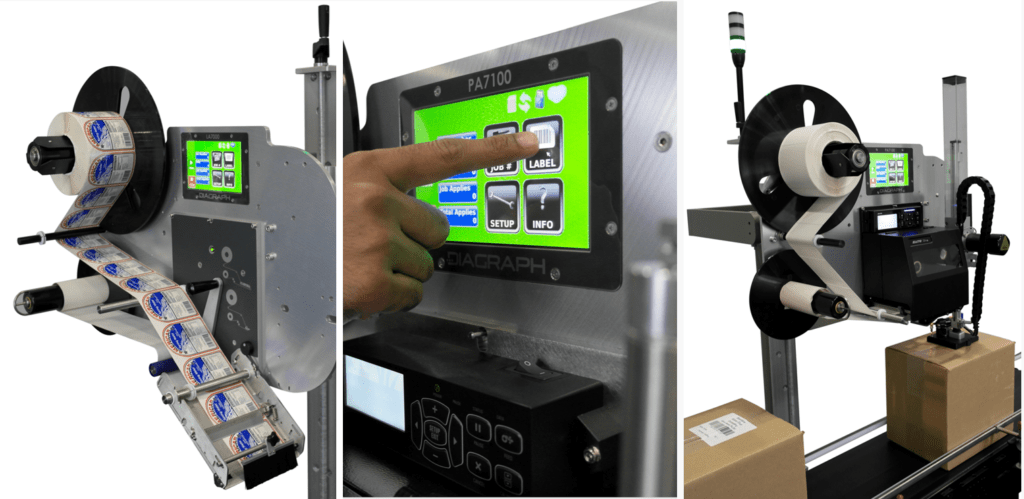
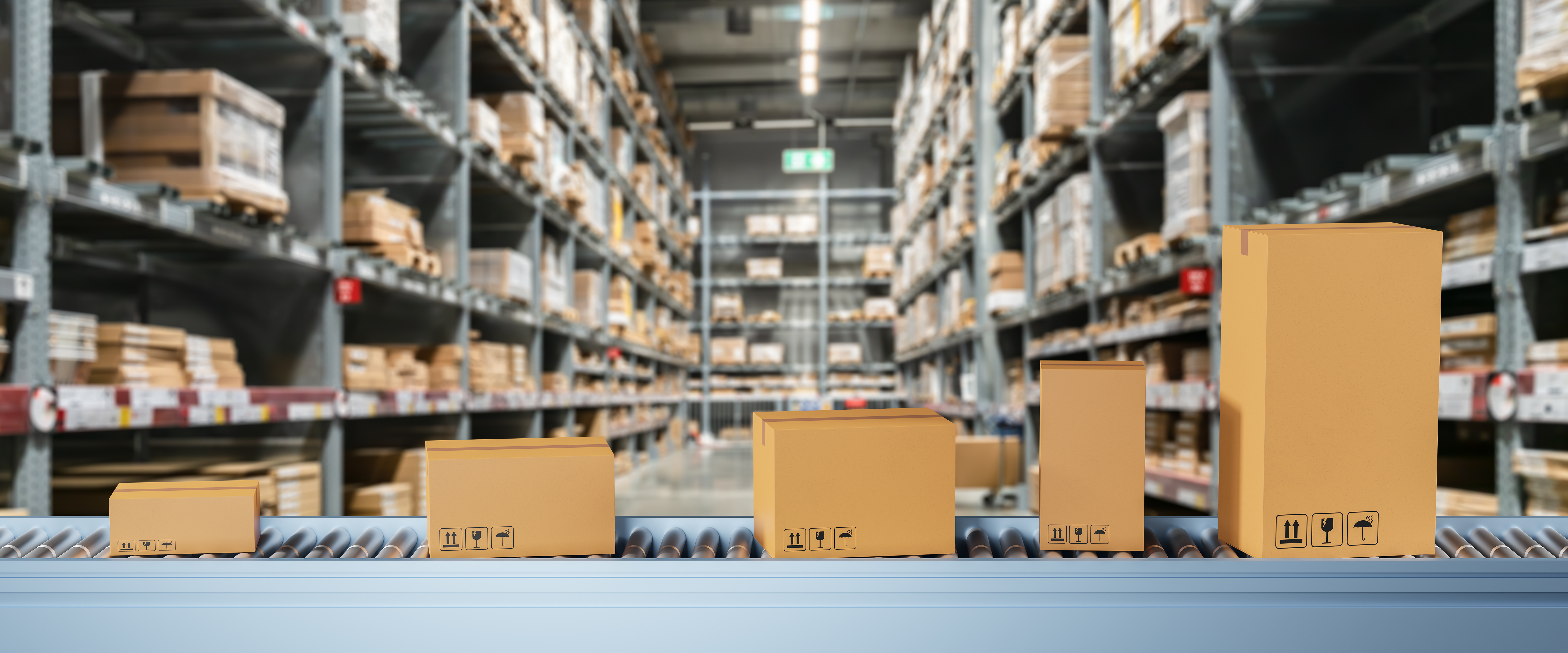
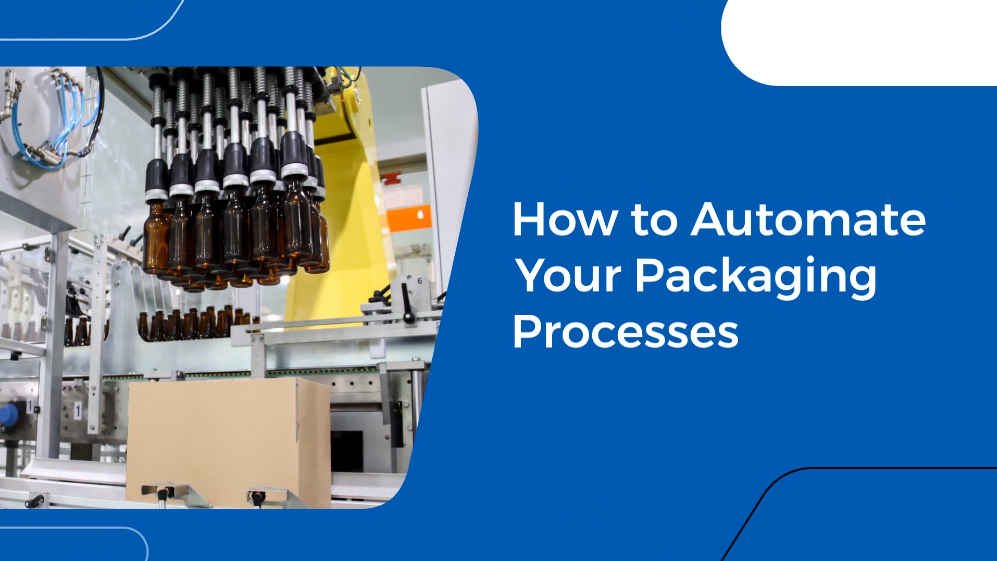

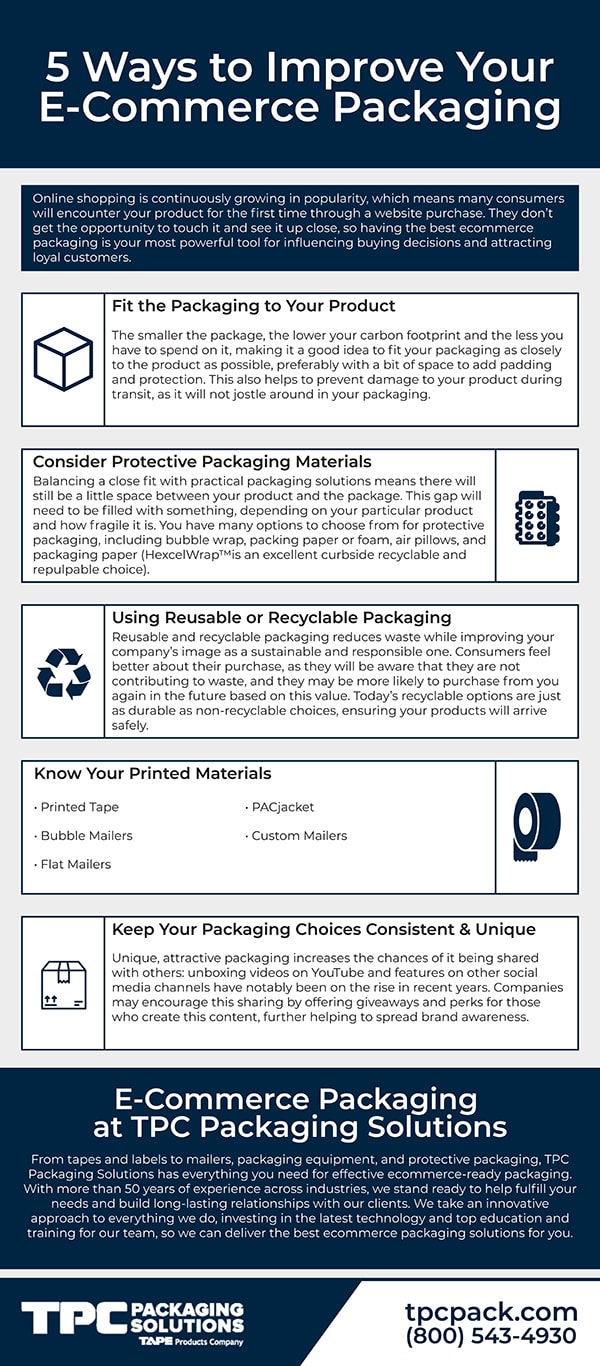
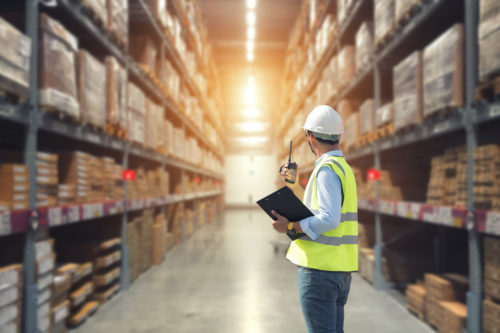 The packaging industry has much to offer in terms of opportunity and growth. To delve into more detail on the specific jobs that can be found in the industry, here are a few examples of
The packaging industry has much to offer in terms of opportunity and growth. To delve into more detail on the specific jobs that can be found in the industry, here are a few examples of 